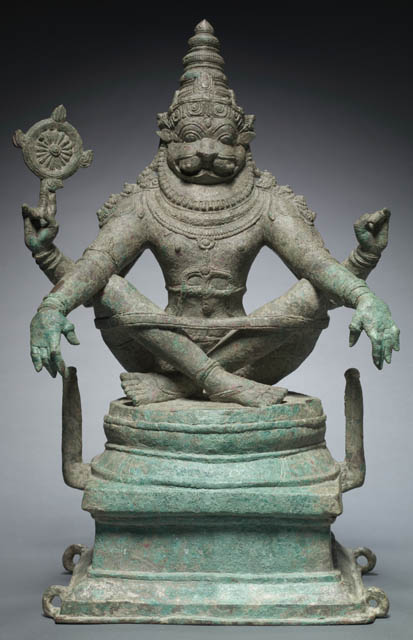
The World of Yogis
[dropcap]N[/dropcap]arasimha, the mighty God Vishnu in his half man-half lion avatar, sits with his frontal arms relaxed in meditation, his two rear arms bearing the chakra disc and the conch shell, which is now missing. Around his tautly crossed legs one is amazed to find a yogapatta – or yoga strap!
For many contemporary practitioners of yoga who consider the yoga strap to be a part of their daily routine in a studio, this brilliantly executed Chola period bronze sculpture is an eye-opener. It shows that not only did yoga originate in India but goes all the way back to the Hindu gods.
Yoga Narasimha is just one of hundreds of artifacts gathered in Yoga: The Art of Transformation in the Arthur M. Sackler Gallery, the Smithsonian’s museum of Asian art in Washington DC. In fact, this is the first major exhibition to showcase the visual aspects of yoga through 133 paintings, sculptures and images borrowed from 25 museums and private collections from India, Europe and the US.
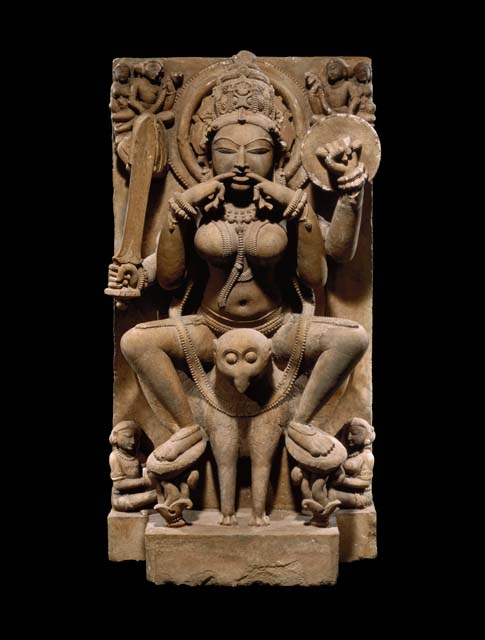
Yoga, Indian Culture & Religion
[dropcap]A[/dropcap]s Debra Diamond, the curator of the show and Associate Curator of South and Southeast Asian art at the Freer and Sackler Galleries, points out, “Created over some two millennia in diverse religious and secular contexts, the archive opens windows into yoga’s centrality within Indian culture and religion, its philosophical depth, its multiple political and historical expressions, and its trans-sectarian and transnational transformations.”
For most Americans and many Indians, this is a first in-depth look at yoga’s past and the realization that what many take for granted as an exercise routine to facilitate well-being is in reality an ancient truth that can be traced back to Hindu, Jain, Buddhist as well as Sufi traditions. Texts from many different eras show the role yogis played in society as a cultural force, and masterpieces of painting and sculpture bring these tales visually to life.
The exhibition travels to San Francisco Asian Art Museum in SF from February 21 – May 25 and to Cleveland Museum of Art in Cleveland from June 22 – September 7. The accompanying catalog has essays by noted scholars on several topics from Yogis in Mughal India to Globalized Modern Yoga.
It is telling that the exhibit emphasizes the role of ancient yogis in spreading the tradition of yoga. The very first gallery showcases the divine and human teachers of yoga. A marble sculpture of a sublime Jina from Rajasthan, 1160, highlights the power of meditation. There are life-size sculptures of three fierce Tantric yoginis from a South Indian temple which was destroyed in the past, and the three have been reunited in DC.
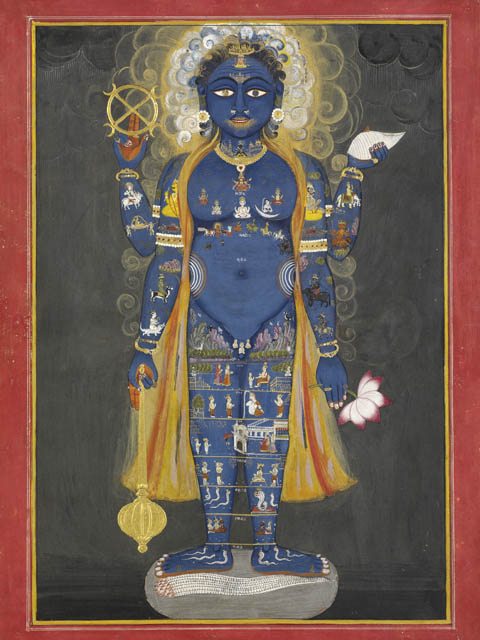
Vishnu Vishvarupa – The Cosmic Yogi
[dropcap]T[/dropcap]he path of yoga is shown through manifestations of Shiva, Nath Siddhas, Jain and Buddhist yogis. There are so many powerful images: a sculpture of Shiva Bhairava (Mysore, 13th century) the Guru of Tantric Yogis; Vishnu Vishvarupa (Rajasthan) is a breathtaking watercolor which shows the cosmos within the Lord’s body.
Other galleries highlight yoga in the Indian imagination through religious texts as well as paintings and manuscripts from Hindu and Islamic courts. Noted pieces include the Mughal Albums and the Ragamala paintings, elaborating on the everyday lives of yogis in society.
Yet another gallery explores Yoga in the Transnational Imagination (1850-1940) when the British eye vilified yogis as exoticized beings in colonial photography and company paintings. There are stereotypical images of fakers and magic, of Hindu fakirs lying on a bed of nails. There is also Thomas Edison’s ‘Hindoo Fakir’ the first movie ever made of an Indian subject, and the infamous rope trick is part of it.
The final gallery revolves around the yoga renaissance of the late 19th and early 20th century with yoga being regarded as a nonsectarian practice for health and spiritual well-being. Here you find the books and images of Swami Vivekananda who brought a philosophically focused yoga to America. Visitors can also catch the earliest film of Krishnamacharya and his student B.K.S. Iyengar showing yoga postures, many of which are the basis of today’s yoga.
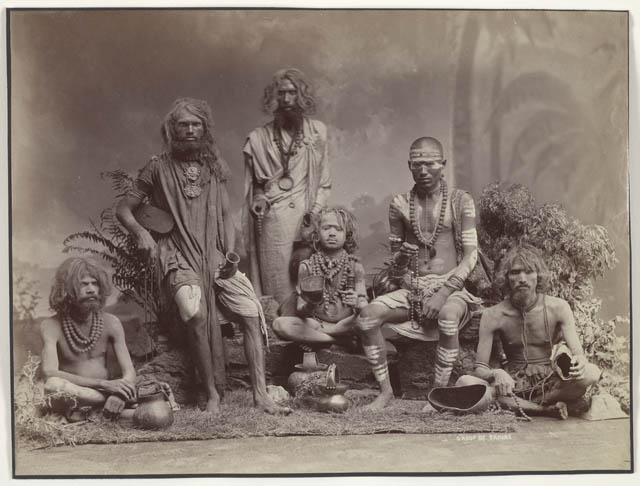
Yoga Through Many Different Eyes
[dropcap]A[/dropcap]ccording to Diamond, this exhibition is only the beginning: four courses, in universities across the US, will be offering undergraduate and graduate courses in the visual culture of yoga: “It’s a new field and we happily anticipate many new discoveries about yoga’s rich meanings and histories,” she says.
Diamond, who is also a yoga practitioner, says she approached this entire project as an art historian – “an approach that lets the eye-popping aesthetic power of works by great artists reveal yoga’s history and depths.”
Indeed, the works of art are breath-taking, some so small and intricate that you have to examine them with a magnifying glass. Having seen this magnificent exhibition, few will be able to think of yoga again as just an ubiquitous form of physical exercise, without remembering its glorious past, aligned with Gods and spiritual masters.
(C) Lavina Melwani
(This article first appeared in The Hindu newspaper)
Related Articles:
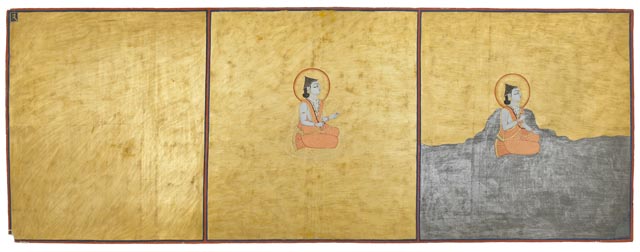
International Day of Yoga Yokes Humanity Together
Yoga: The Art of Transformation – Yogis in America

6 Comments
Really Nice article. Thanks.
Google 10 + via India Community – Festivals, Culture and Religion
Ashwin Kr +1’d
sambandham thirunavukkarasu +1’d
Anil Chanchani +1’d
radhakrishnan sukumar +1’d
Manoj Bagade +1’d
Mandeep Singh Sootdhar +1’d
vijaya lakshmi +1’d
Sreenivas goranta +1’d
Ayush sharma +1’d
venkatapunnarao venigalla reshared
Tarashekhar Padhy +1’d
very nice…
Via Google +
Tri, Medha, Antoine
1 reshare and 3+
Thank you, Ananya!
Very informative and crisp post..enjoyed reading it !